Golf
The Real Story Behind The Mythical 457 HP Volkswagen Golf VR-6
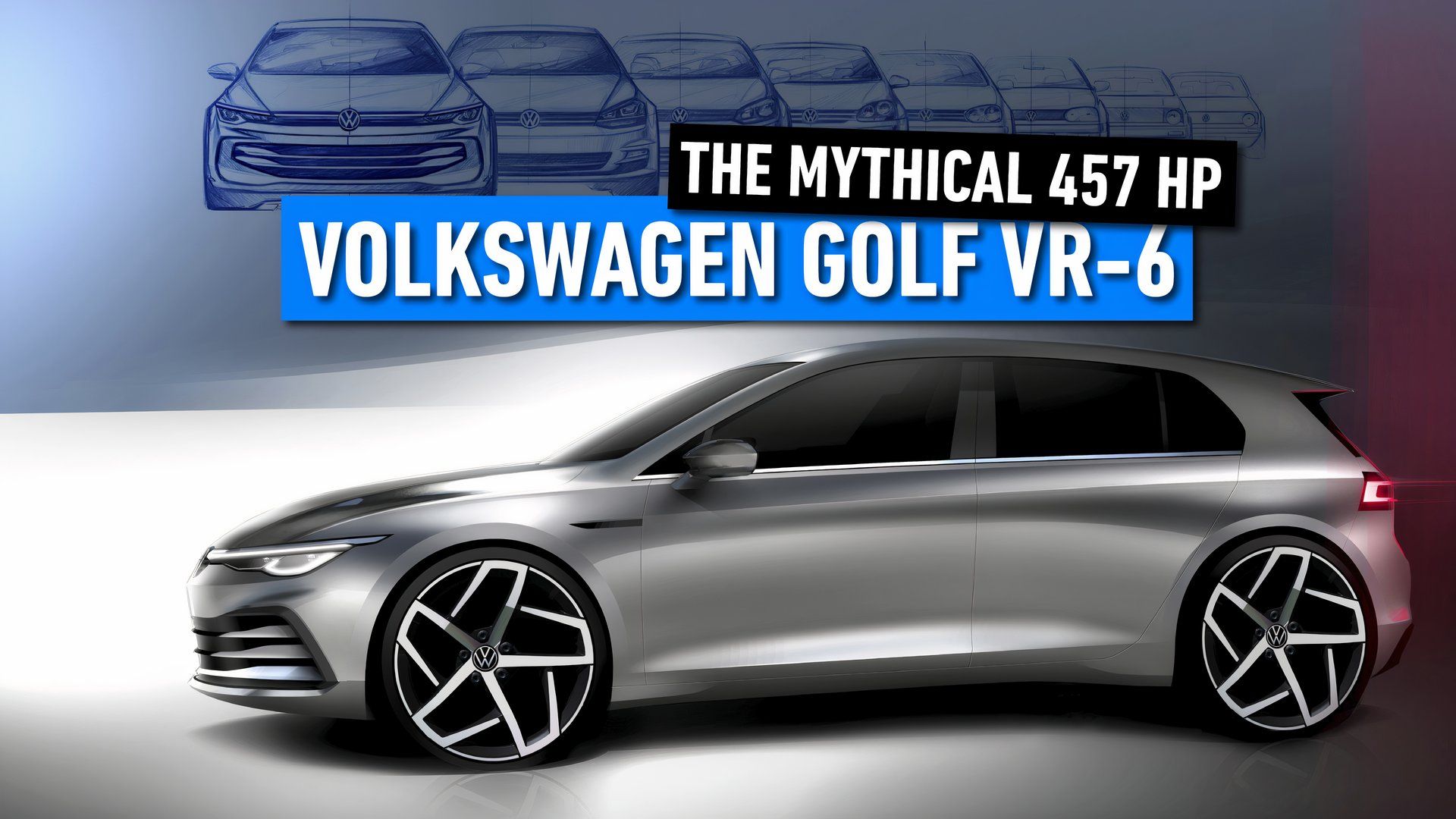
Summary
- The 457-HP Volkswagen Golf VR-6 exists, debunking a long-standing automotive urban legend.
- VW did create a 457-horsepower Golf R with a turbocharged VR-6 engine as a one-off project.
- Despite not going into production, the legendary Golf R prototype showcases VW’s performance potential.
Everyone loves a good urban legend, even if it’s so preposterous there is little chance it’s real. Cryptozoologists have been hunting for Big Foot and the Loch Ness Monster for a hundred years and only produced dubious evidence of their existence, but it’s still fun to believe. In the automotive world, there are urban legends as well, like the 1983 C4 Corvette or the 1967 four-door Hemi Coronet. Unlike El Chupacabras and Yetis, these vehicular legends turned out to be true.
Maybe one of the most illusive car legends is the 457-horsepower Volkswagen Golf VR-6. The very idea that VW packed that many ponies into a Mk6 Golf seems so far-fetched, few believed it was true. Rumors have persisted, and the myth refused to go away, making for the greatest hot hatch mystery of all time. It didn’t take Sherlock Holmes or Hercule Poirot to unravel this auto enigma, as VW has finally come clean and admitted to building a one-off Super-Golf.
Now, that the existence of a 450+ horsepower Golf with a mighty turbocharged VR-6 engine has been confirmed, the faithful can rest easy. It does, however, bring up another mystery as to why VW only made one and never released it as a special edition to the public. That question may never be answered, but the story behind this amazing car can now be told.
In order to give you the most up-to-date and accurate information possible, the data used to compile this article was sourced from various manufacturer websites and other authoritative sources, including Volkswagen, and Car And Driver.
Related
The Story Behind This Ultra-Rare HEMI-Powered 4-Door Mopar Classic
With just five examples ever made, including one for the FBI, find out what makes the ’66 Coronet HEMI 4 Door, a true Mopar unicorn
Confirmed: The 457 HP Volkswagen Golf VR-6 Exists
The Golf R replaced the Golf R32 in 2009 and was a spunky hatchback with a turbocharged 2.0-liter inline-four cylinder. That’s probably all the power a little car like that needs, but VW, for reasons known only to them, decided to escalate things. First, they dropped the 3.6-liter VR-6 engine under the hood, which, in complete stock form, generated 295 horsepower. That, however, wasn’t good enough, so engineers added a turbocharger and completely rebuilt the engine with performance parts. Actually, this over-the-top engine was built by Rothe Motorsport, specifically for this secret project.

Add TopSpeed to your Google News feed.
VR-6 Upgrades:
- Garret GT35 turbocharger
- Rothe Motorsport intercooler
- Custom machined cylinder heads
- Rothe Motorsport intake manifold
- Rothe Motorsport injectors
- Schrick camshafts
- Rothe Motorsport pistons w/ 8.5:1 compression ratio
- Rothe Motorsport cast iron exhaust manifold
- Rothe Motorsport 89mm exhaust system
The end result was a Golf R with 457 horsepower, which is exactly as ridiculous and awesome as it sounds. Jacking the juice up on a vehicle like that also requires some other mods to make sure it isn’t a death trap, so VW reinforced the frame and modified the suspension with a Bilstein B16 kit.
They also added heavy-duty brakes from the Audi RS6 and 19-inch racing wheels from a Lamborghini. This wasn’t just a hot hatch, it was a micro-supercar. While fans are drooling over the prospect of a ride like this, and would have paid any amount for it, VW never put the prototype into production.
Dynamite On The Dyno
In 2009 VW was in the middle of the “Dieselgate Scandal” in which Volkswagen was busted for faking their emissions’ data, but there’s no reason to question the veracity of the Golf R VR-6 prototype dyno numbers. There would be zero incentive to fudge the numbers one way or the other, especially on a car that was not intended for public consumption. Strapped to the dynamometer, this puny powerhouse cranked out 457 horsepower and 392 pound-feet of torque. That’s better than a 426 Street Hemi, with two fewer pistons and a few less liters of displacement.
Possible Performance
VW has never published performance numbers on the 457-horsepower Golf R VR-6, other than claiming it had a top speed of 155 MPH, which sounds like it may have been governor limited. As for acceleration times, it’s possible to estimate what this wonder-car could achieve based on its roughly 3,000 pound curb weight and engine power. Chances are, this was an 11-second car in the quarter-mile and probably could hit 0-60 in 3.5 seconds. Again, why didn’t VW sell these bad boys to the public? It seems kind of cruel.
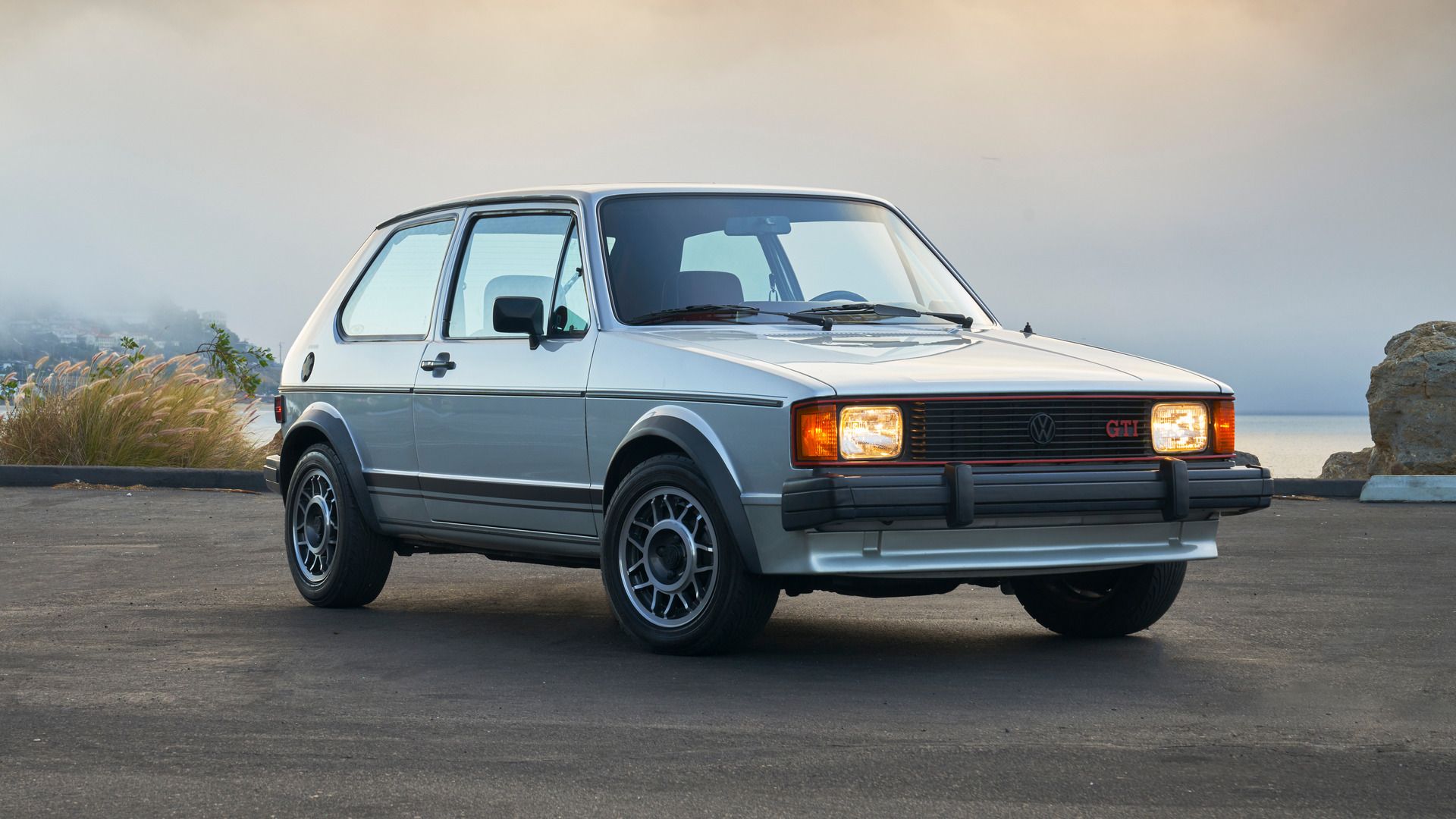
Related
10 Things You Probably Didn’t Know About The Volkswagen Rabbit
The VW Golf Mk1 revolutionized the auto industry with the US-spec Rabbit hatch remaining one of the most desirable, and attainable classic cars ever.
The Iconic VR-6 Engine
Though it was a heavily modified version, the Volkswagen VR-6 was the heart of the 457-horsepower Golf R prototype. VW first developed the iconic engine in 1991 as a simple, yet powerful, universal engine platform that would be relatively inexpensive to produce. The engine took its name from the German words “Verkürzt” and “Reihenmotor” meaning “shortened inline engine”, despite the fact that it was a V-6. It was, however, quite compact with a 10.5-11-inch angle, so it was perfect for giving small cars big-time power.
3.6-Liter VR-6 Applications:
- 2005 – 2015 Volkswagen Passat
- 2005 – 2010 SEAT Alhambra (7M)
- 2005 – 2016 Volkswagen Phaeton
- 2005 – 2018 Volkswagen Touareg
- 2005 – 2018 Porsche Cayenne E1 and E2 generations
- 2005 – 2009 Volkswagen Transporter (T5)
- 2005 – 2013 Audi A3 (8P)
- 2005 – 2010 Audi TT Mk1 and Mk2
- 2005 – 2008 Volkswagen Golf Mk5 R32
- 2006–2011 Volkswagen Eos
- 2006 Yes! 2
- 2008 – 2017 Volkswagen CC
- 2008 – 2014 Škoda Superb (3T)
- 2008 – 2015 Audi Q7 (4L)
- 2009 – 2012 Artega GT
- 2011 – 2018 Volkswagen Passat NMS
- 2017 – 2023 Volkswagen Atlas/Teramont
- 2021 – 2024 Volkswagen Talagon
- 2022 – 2024 Audi Q6
The first engine produced had 2.8 liters of displacement and generated 172 horsepower, followed quickly by a 188-horsepower 2.9-liter. A 3.4-liter version of the engine got the ponies up to 247, but it was the 295-horsepower 3.6-liter VR6 that became an icon. Used in everything from the Volkswagen Passat to the Porsche Cayenne, this is considered one of the all-time greatest engines. Sadly, VW discontinued it, favoring smaller turbocharged four-cylinders.
W For The Win
As was mentioned, the VR-6 engine is a flexible platform and VW proved that in 2001 with the W-12, which was two VRs mated together at a 72-degree angle, sharing a common crankshaft. Going even nuttier, they made a quad-turbo W-16 that was essentially a pair of VR-8s stuck together, which produced an Earth-shattering 1,825 horsepower. Initially installed in the track-only Bugatti Bolide, the French car company designed the Veyron sports car specifically to handle the insane W-16 engine.
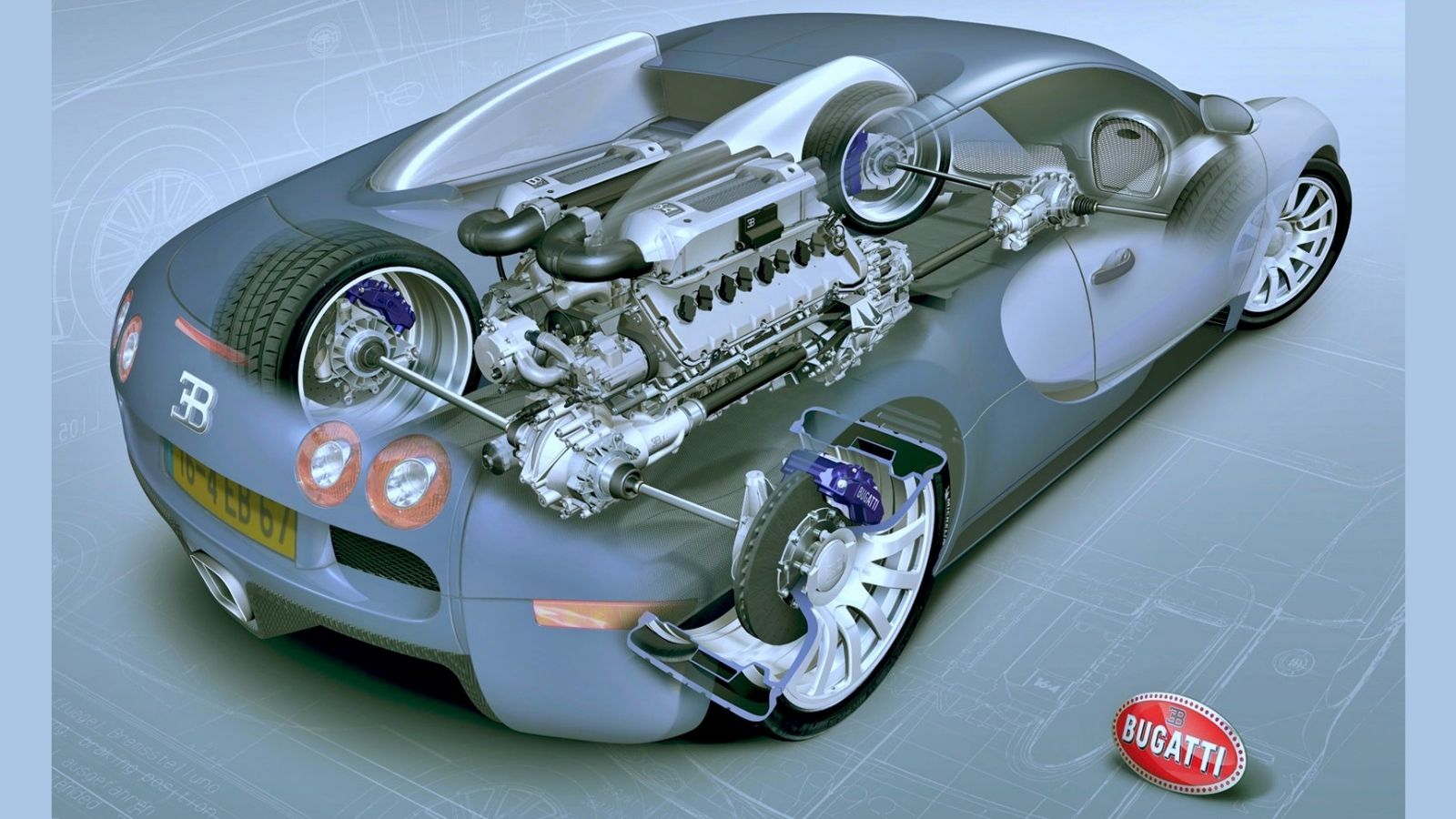
Related
10 Craziest Engines Ever Made
While everyone is familiar with I-4s, V-6s, and V-8s, here are some mind-blowing internal combustion engines that powered some truly insane cars
Prototype Paves The Way For Golf Performance
While Volkswagen never turned the 457-horsepower Golf R into a production car, it did illuminate the company to the idea of hyper-performance Golf vehicles. The Mk6 generation, from which the prototype was born, had some quick rides, with the Golf R equipped with a 266-horsepower turbo I-4, capable of hitting 0-60 in 5.5 seconds. A 2016 Mk7 Golf R, had a 306-horsepower 2.0-liter turbo I-4 that could rocket it down a quarter-mile in 13.6 seconds.
2022 Golf R Power and Performance
|
Engine |
2.0-liter turbocharged I-4 |
|
Horsepower |
315 HP @ 5,900 RPM |
|
Torque |
295 pound-feet @ 2,000 RPM |
|
Transmission |
Seven-speed dual-clutch automatic |
|
0-60 Time |
4.1 seconds |
|
Quarter-mile |
12.6 seconds @ 110 MPH |
|
Top Speed |
155 MPH |
The fastest Golf R ever built was the Mk8 2022 model, with the same 2.0-liter turbo inline four. Somehow, Volkswagen figured out how to get more performance out of the engine, without radically increasing the power output. Sadly, 2024 is probably the last year for the gas-powered Golf, as VW is making the switch to all-electric vehicles. Still, EV’s promise to bring some crazy power and performance to the VW lineup, and the 457-horsepower Golf R VR-6 prototype serves as an inspiration to go completely bonkers.
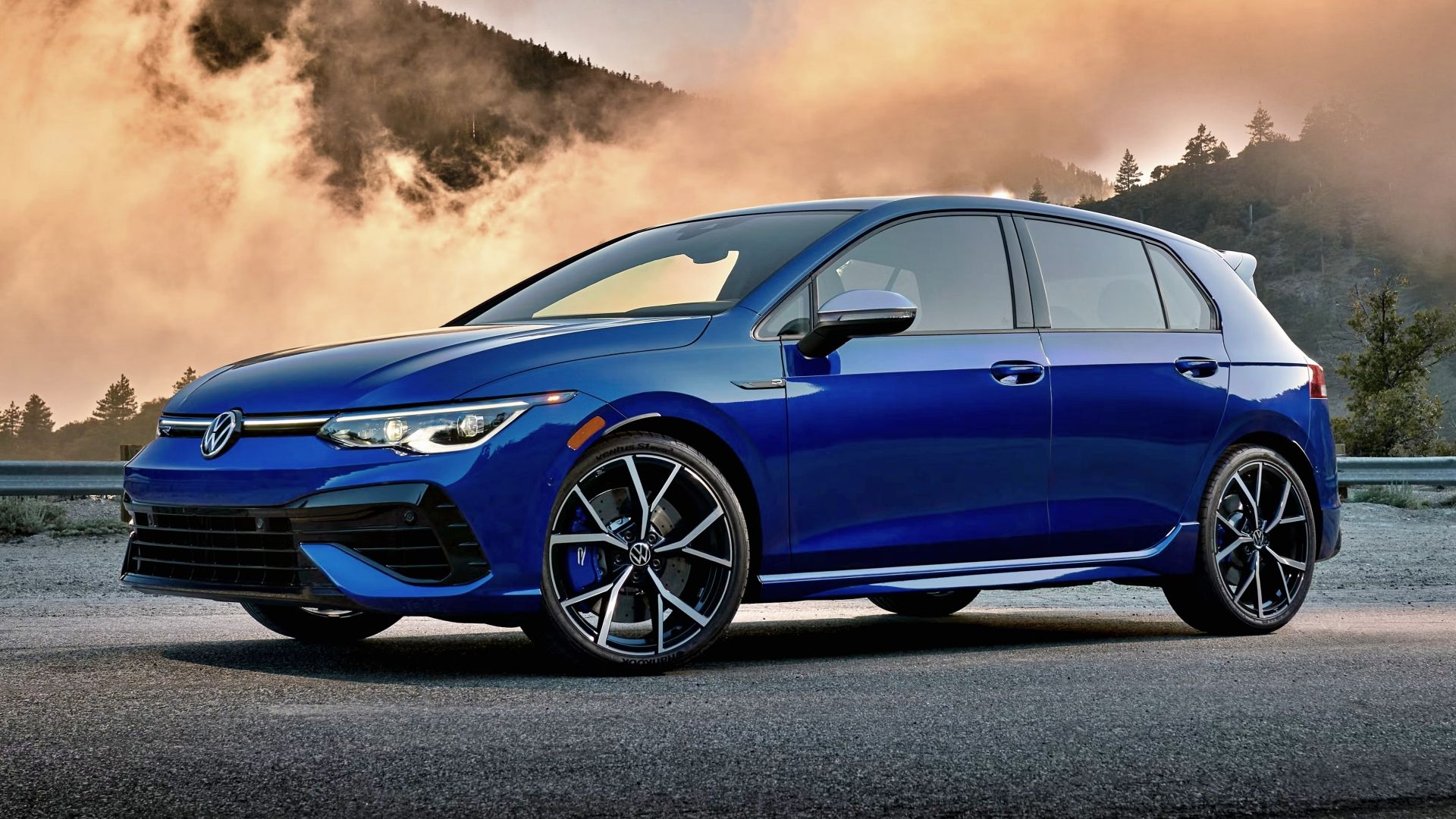
Related
What A New Electric Volkswagen Golf Needs To Succeed In America
The all-electric Golf may have a second shot in the US. Here’s what we think Volkswagen should do to ensure its American success.
Whatever Happened To The 457-HP Golf VR-6?
Volkswagen never decided to produce the 457-horsepower Golf R VR-6, and so many people are probably wondering what happened to it. A lot of times, prototypes like this are simply destroyed, but thankfully, that wasn’t the car’s fate. Reportedly, the Super-Golf was retained as a “staff car”, which probably means VW execs and engineers took turns pulling Gs and smoking tires in what must be an insanely fun car to drive. It’s hard to believe that this period of endless entertainment never got them thinking that the hot hatch should be on sale to the public.
More recently, the Golf R prototype became a permanent part of Volkswagen’s Classic Fleet, which is a celebration of the German automaker’s history. To celebrate 50 years of the Golf nameplate, VW will display all of these cars at GTI Fanfest in Wolfsburg, Germany at the end of July. This celebration is the first time that VW actually acknowledged the existence of their experimental VR-6 turbocharged wonder car, so it truly is a time to rejoice, as the mystery and secrecy have finally been lifted.

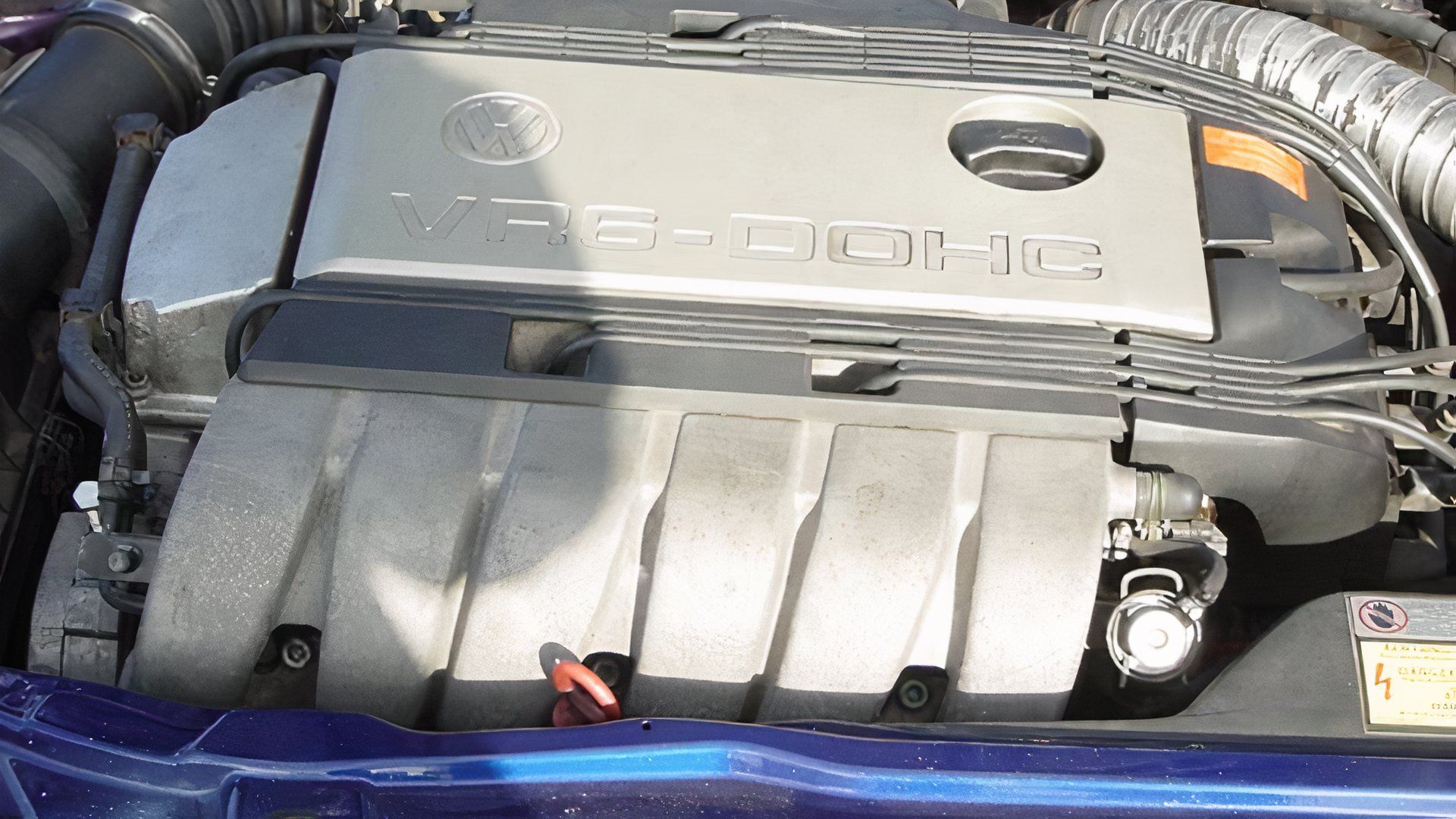
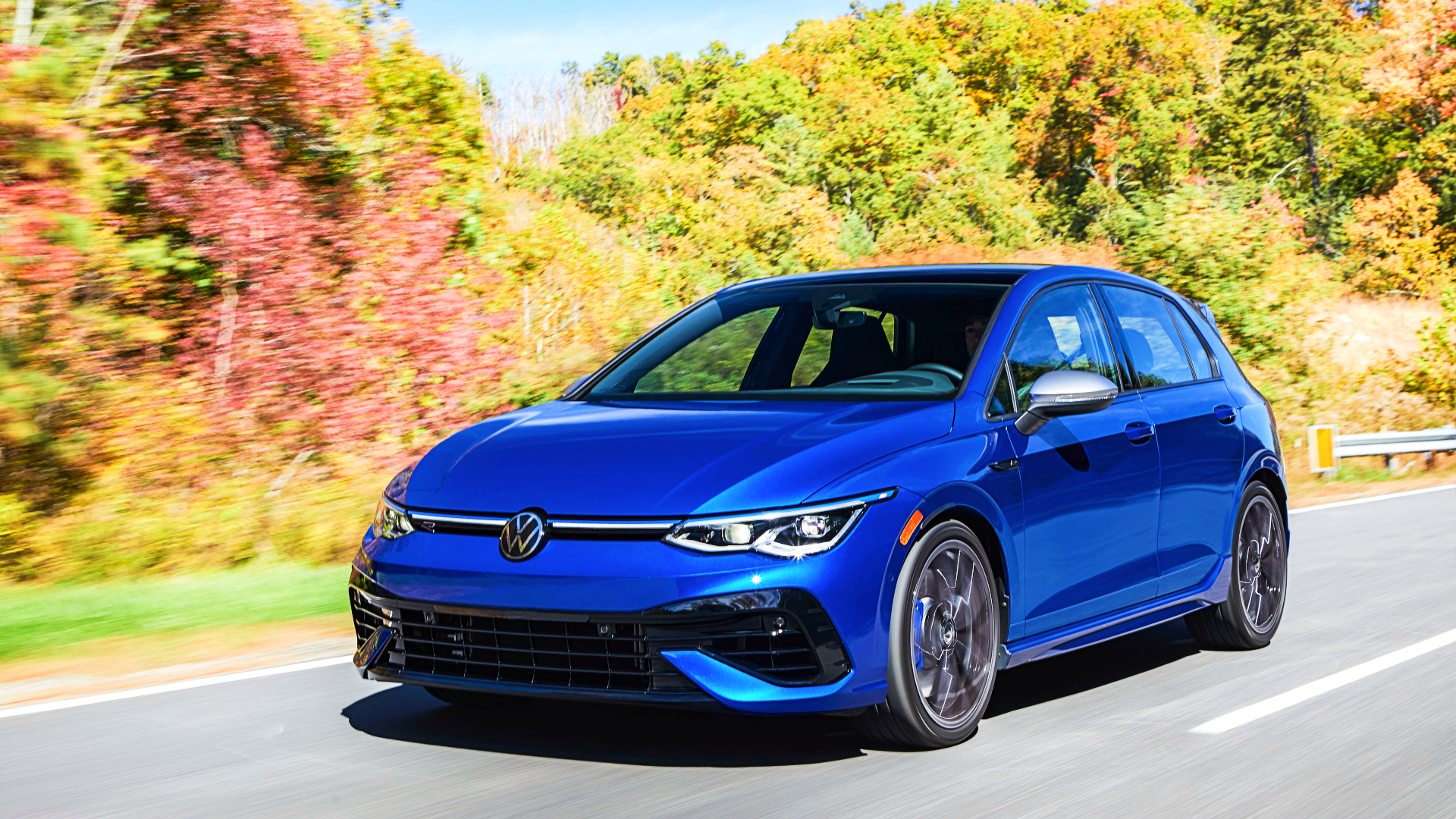

)






